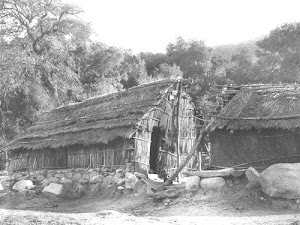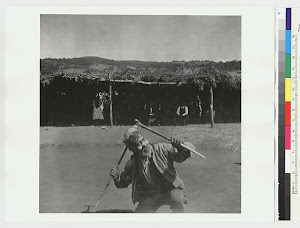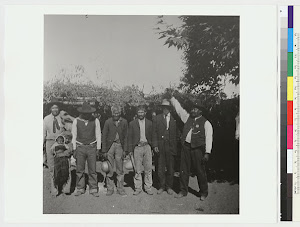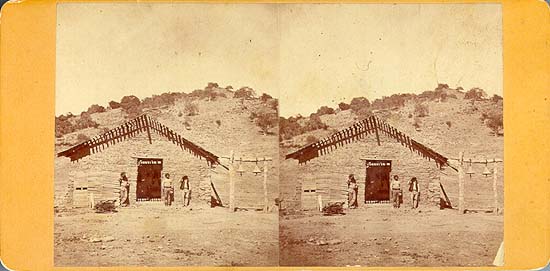Howka sisters and brothers, I stumbled across an authors website that has a book using our language and the Lucas families last name. This book is not about our people, it's one of those romance novels. I was shocked to see it .. I have not read it , but I am wondering who she talked to amongst our people to get the words. The name of the book is Dream Quest. Here are the website links
http://www.janetwellington.com/kumeyaay2.htm
http://www.janetwellington.com/excerpt.htm
If anyone has read the book let me know what they think.In the meantime I will try and find a copy. In the reviews I noticed it was only non Indians that commented.While she did get the language right,some of the things she described in the excerpt would be more of a Lakota culture not our culture. While I cannot say too much as I have not read it yet, but looking at her bibliography resources she researched books about our people.I am wondering until now if any of our people even know aboout this book, this is why I am posting this. If any of our tribal people have read the romance novel please let me know.
Tuesday, January 5, 2010
BOOK USING KUMEYAAY WORDS AND THE LUCAS NAME
Posted by
Karen Vigneault Librarian
at
8:04 AM
![]()
Subscribe to:
Post Comments (Atom)













2 comments:
Howka Karen,
I read the book and included a discussion of it in my dissertation. I did not think about the use of the Lucas name as being significant in the novel because it is the surname of the white heroine/protagonist. But it is interesting that she chose to name her main character after the Lucas family.
I heard about the book three years ago and bought several copies of it. I gave them to some women from SY who had mixed responses to the book.
I included an analysis of the novel in my dissertation. Here is what I wrote:
The narrative plot centers on the relationship between Suzanne Lucas and Hattepaa Kwa’stik or Little Coyote. During her trip to the Anza-Borrego Desert and a major earthquake occurs in which Suzanne crosses a spatiotemporal portal and is transported back in time. She meets Little Coyote in some sort of a time warp in which the modern day and the pre-Reservation era of California Indians open up to one another, but only she can travel back and forth through time. The plot’s conflict arises when Suzanne realizes that she must choose which “time” to live. At the end of the novel, a Native healer from Barona explains to Suzanne that she is “special because most people don’t understand about the two worlds. . . . [She is] special like the shamans. Because [she] wanted to be in this other place so much, in [her] dreams [she was] actually able to go there” (269). Her lessons and interaction with her Native student facilitate her return to her love, Little Coyote.
The fantasy of two worlds coexisting but in separate planes of existence that Wellington creates is the fantasy of the white woman healer—or the eco-heroine—who can live out her idyllic and material lives. The fantasy is also one of tribal kinship and cultural practices that persist at the same moment as modernity but the value and efficacy is “hidden” from modern view in an alternate reality that only the white heroine can see. Perhaps the most insidious component of the narrative is the masquerade of the fantasy in the cultural and historical details; the veil of authenticity creates the “savage illusion” of a sympathetic, progressive, and pro-Indian romance. However, the Indian hero’s “dream quest” is realized through the white woman’s “dreams” or fantasies. Without her the Natives in the story have no agency, no reality, no vision, and no destiny; they are literally unimaginable.
The symbolic implication of the revelation is chilling: the white female author is literally the bearer of Native/American identity. Here the fantasy/prohibition of miscegenation is entirely controlled by the imagination of the white woman. Furthermore, the Indian woman also acts as a mere fixture in the setting for the white female to work through; the Indian healer and mother is another “portal” for Suzanne to access and take knowledge from; she has no other autonomous role in the story. The “dream quest,” parallel lives, and alternate realities in two worlds that Suzanne achieves in the novel are symbolic appropriations of an identity that her native student, Hector, and his family ironically share in the novel. The social awkwardness, learning disabilities, and lack of confidence that Hector demonstrate are symptomatic of a contemporary Native American bi-cultural identity in which young Native/Americans must negotiate a sense of community/family tradition and duty while simultaneously demonstrating an ability to successfully navigate dominant Anglo-American cultural institutions of power. Thus, Wellington’s novel represents a complex articulation and fulfillment of the American/Indian romance in which the white female fantasy settles comfortably in multiple subject positions simultaneously: the educated feminist, the sexually fulfilled lover, the questing and vulnerable heroine, the mentor, mother, nurturer, and, above all, the creator of her own fiction replete with a docile and ideal feminine Indian man.
I read it, I do not like romance novels so I was kind of stand offish when I read it. In the end I liked it. It did a good job of the culture, at least it was not negative, and she did some decent research before she wrote it. Well it was a smushy romance novel.
It is a time travel kind of thing so be ready for some far fetching. I actually contacted her and sent her a review but she did not publish it.
Unfortuniately no Kumeyaay guys look like the main character, excepting my Sons and I, so I guess it can be called a fantasy book.
Look up my videos on YouTube, just type in howkasam and take a look,
Post a Comment